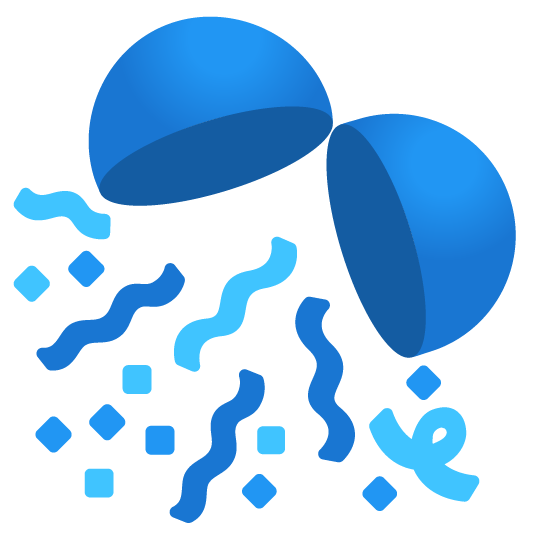PHD CANDIDATE COVID-19 AND WATER, SANITATION AND HYGIENE IN SCHOOLS. IMPLICATIONS, CHALLENGES, SOLUTIONS University of Twente

PHD CANDIDATE COVID-19 AND WATER, SANITATION AND HYGIENE IN SCHOOLS. IMPLICATIONS, CHALLENGES, SOLUTIONS University of Twente
JOB DESCRIPTION
The global Covid-19 pandemic has revealed the extent to which schools are struggling with the provision of drinking water, sanitation and hygiene (WASH). WHO and UNICEF identified a range of hygiene measures needed to be in place for schools to reopen and operate safely. This PhD research aims to create an understanding of the implications of WASH in schools in developing countries. It will identify geographical, infrastructural and socio-economic barriers related to the necessary improvement of WASH, with a special focus on the availability of water. In addition, it will showcase best WASH practices for safe reopening of schools across the globe and relate them to geography, and identify innovative solutions and their implications to society. This interdisciplinary PhD position has a high relevance to public health, involving both quantitative and qualitative data collection, Earth observation, geospatial analysis, and analysis of primary and secondary data through time.
YOUR PROFILE
You have an MSc degree in public health, environmental engineering or data science.
You have expertise in acquisition and processing of geo-information & remote sensing.
You have good knowledge in statistical data analysis.
You have demonstrated scientific creativity that has preferably resulted in a scientific publication.
You have excellent communication skills and good English language proficiency
You are willing to spend about 6 months performing field work.
You have an affinity with a multi-cultural education environment, excellent work ethics, and commitment to the job
OUR OFFER
We offer a position in an inspiring and challenging multidisciplinary and international environment for a period of four years. Salary and conditions will be in accordance with the Collective Labour Agreement (CAO) for Dutch Universities:
A starting salary of € 2,395.00 in the first year and a salary of € 3,061.00 in the fourth year gross per month;
A holiday allowance of 8% of the gross annual salary and a year-end bonus of 8.3%;
A solid pension scheme;
Minimum of 41 holiday days in case of full-time employment;
Professional and personal development programs;
Costs for moving to Enschede may be reimbursed.
INFORMATION AND APPLICATION
Additional information about this position can be obtained from Dr. Carmen Anthonj (email: c.anthonj@utwente.nl) and Prof. Dr. Justine Blanford (email: j.i.blanford@utwente.nl). You are also invited to visit our GeoHealth website (www.itc.nl/global-impact/geo-health/).
Please submit your application before 15 November 2020 (choose "apply here" below). Your application should include:
a cover letter (maximum 2 pages) including a professional statement with relevant past qualifications/experiences, motivations and future goals.
a one page outline on how to approach this research;
a full Curriculum Vitae, including a list of all courses attended and grades obtained, including a list of names including contact information for three referees;
a short description (maximum 1 page A4) of your MSc research.
ABOUT THE DEPARTMENT
ABOUT THE ORGANIZATION
University of Twente (UT)
University of Twente (UT) has entered the new decade with an ambitious, new vision, mission and strategy. As 'the ultimate people-first university of technology' we are rapidly expanding on our High Tech Human Touch philosophy and the unique role it affords us in society. Everything we do is aimed at maximum impact on people, society and connections through the sustainable utilisation of science and technology. We want to contribute to the development of a fair, digital and sustainable society through our open, inclusive and entrepreneurial attitude. This attitude permeates everything we do and is present in every one of UT's departments and faculties. Building on our rich legacy in merging technical and social sciences, we focus on five distinguishing research domains: Improving healthcare by personalised technologies; Creating intelligent manufacturing systems; Shaping our world with smart materials; Engineering our digital society; and Engineering for a resilient world.
As an employer, University of Twente offers jobs that matter. We equip you as a staff member to shape new opportunities both for yourself and for our society. With us, you will be part of a leading tech university that is changing our world for the better. We offer an open, inclusive and entrepreneurial climate, in which we encourage you to make healthy choices, for example, with our flexible, customisable conditions.
Vineesh V
Assistant Professor of Geography,
Directorate of Education,
Government of Kerala.
https://www.facebook.com/Applied.Geography
http://geogisgeo.blogspot.com
Assistant Professor of Geography,
Directorate of Education,
Government of Kerala.
https://www.facebook.com/Applied.Geography
http://geogisgeo.blogspot.com
Comments
Post a Comment